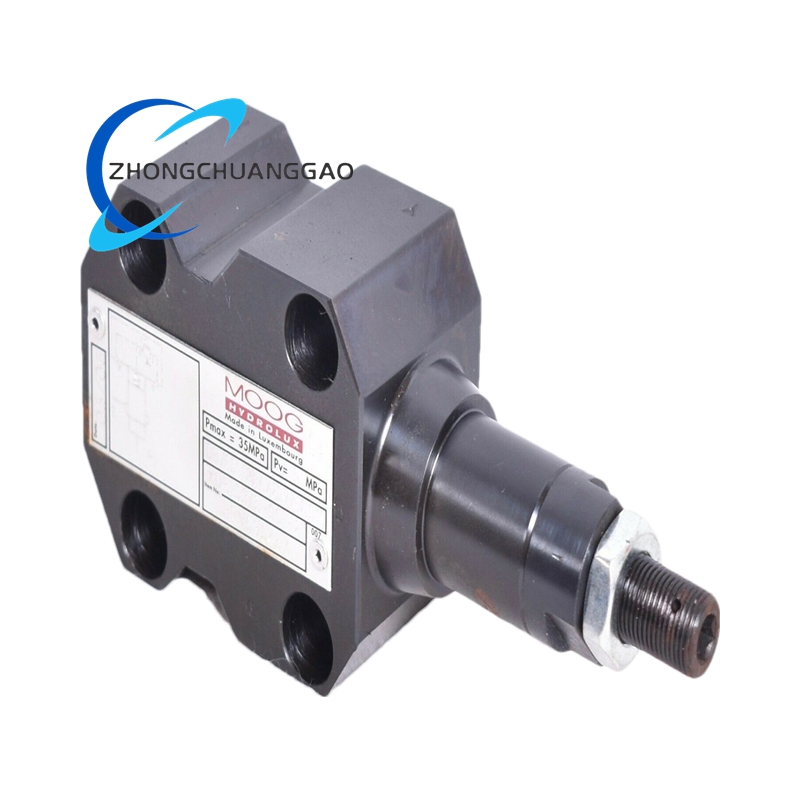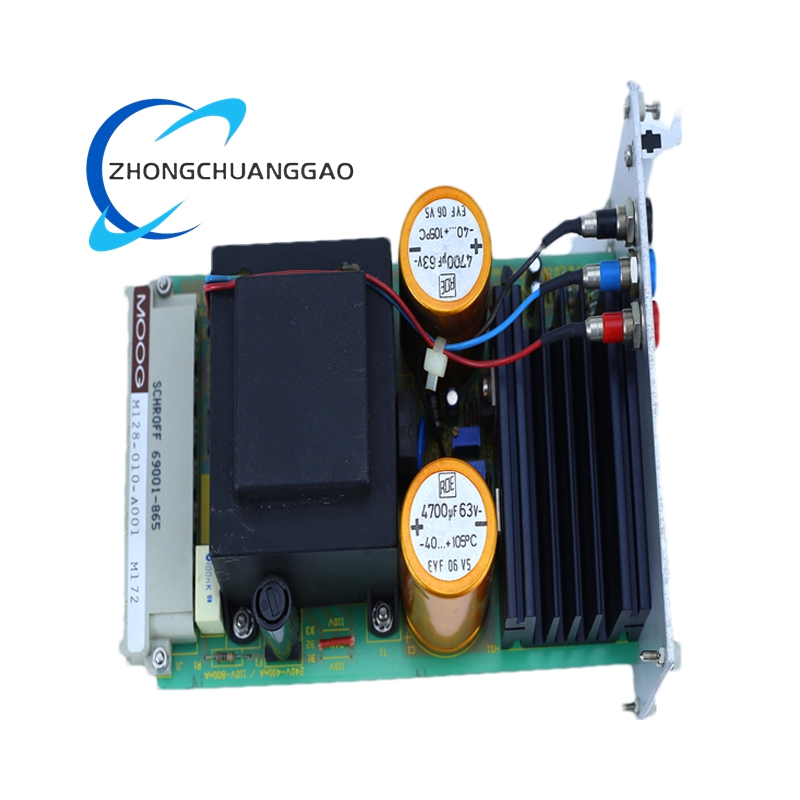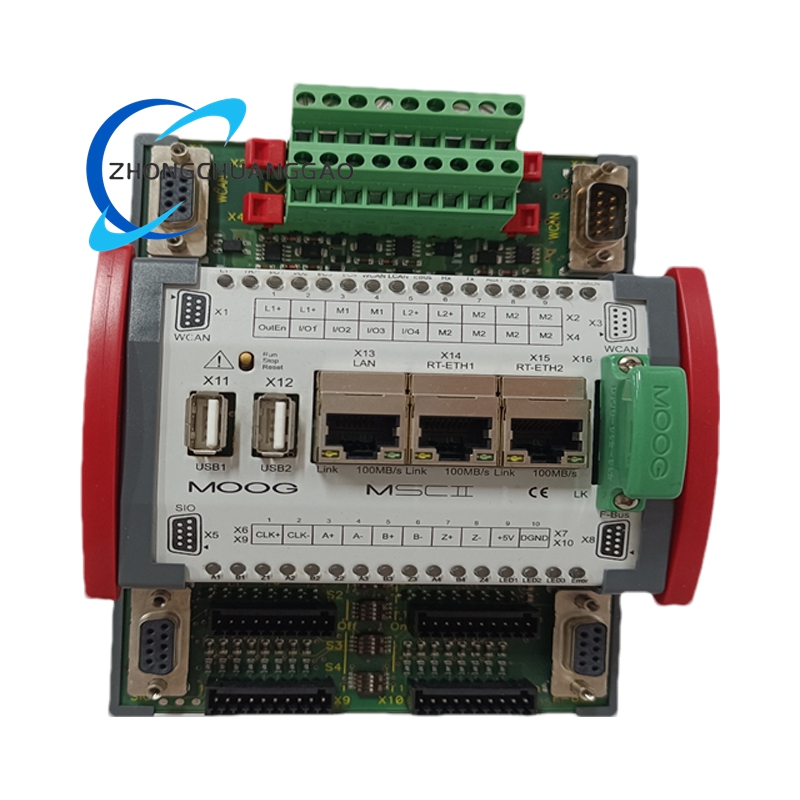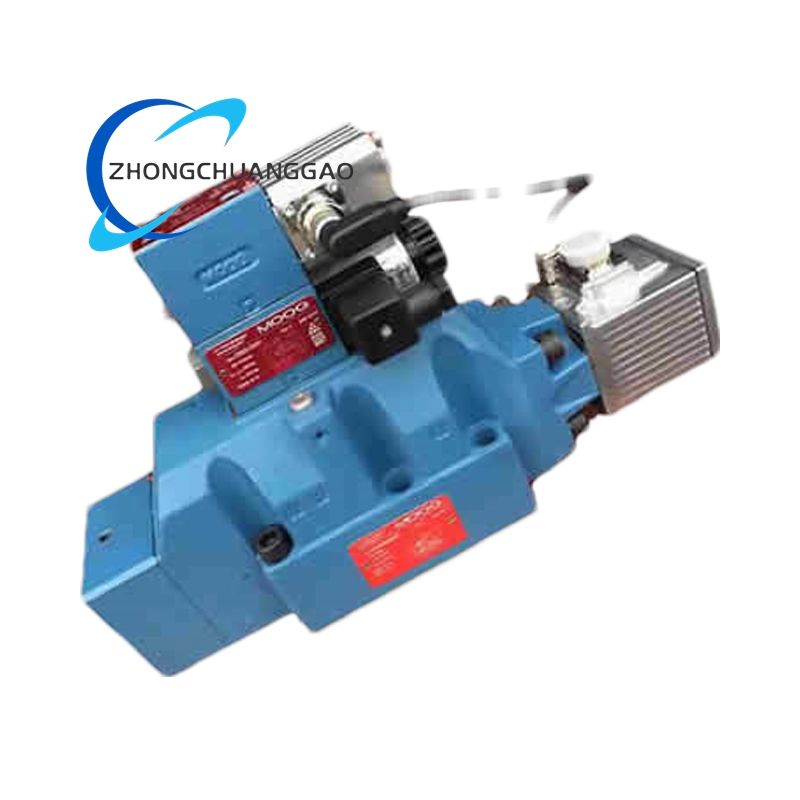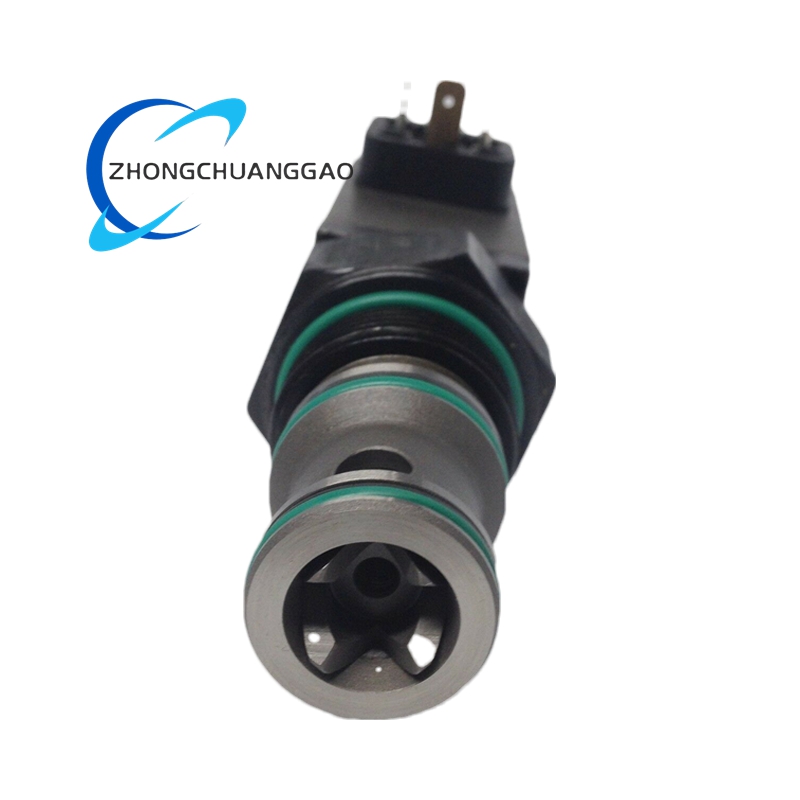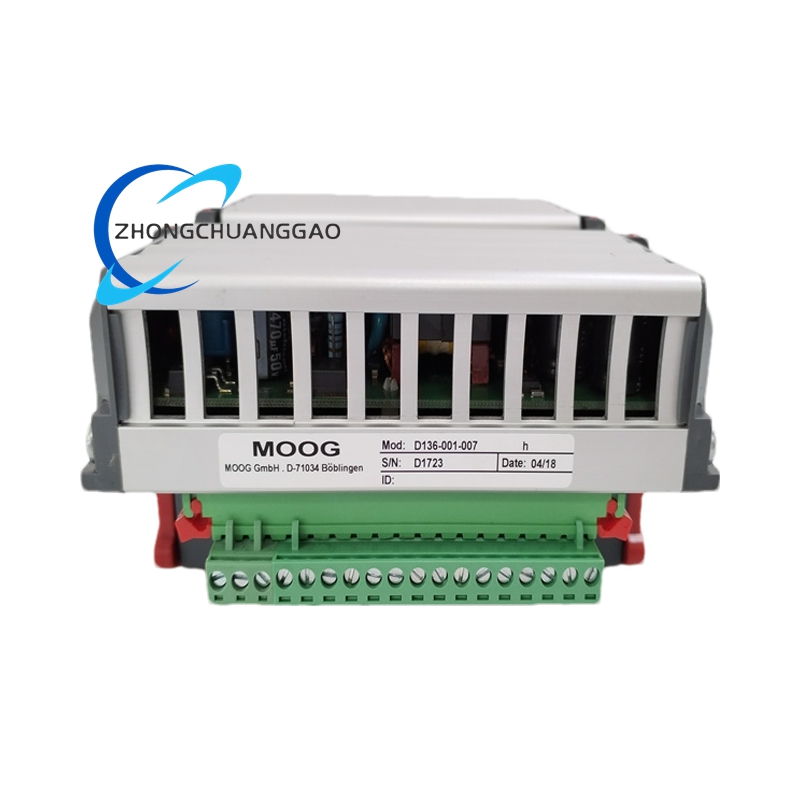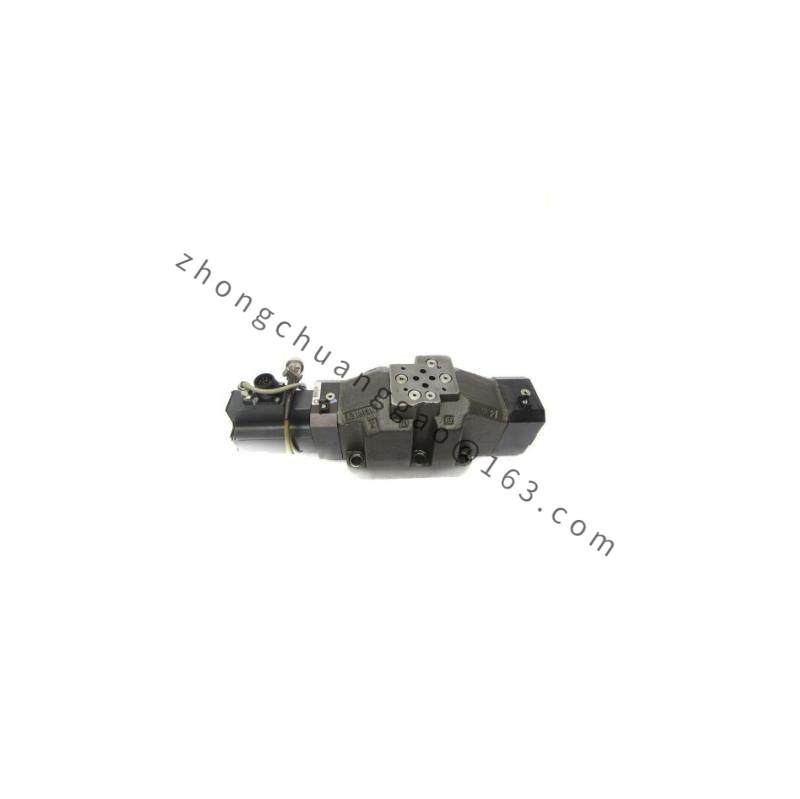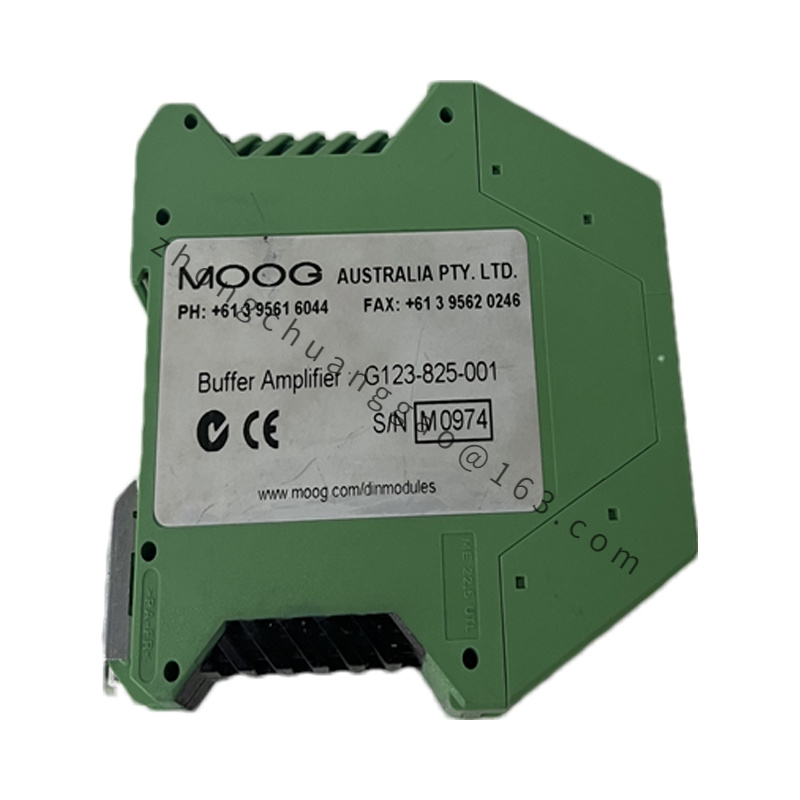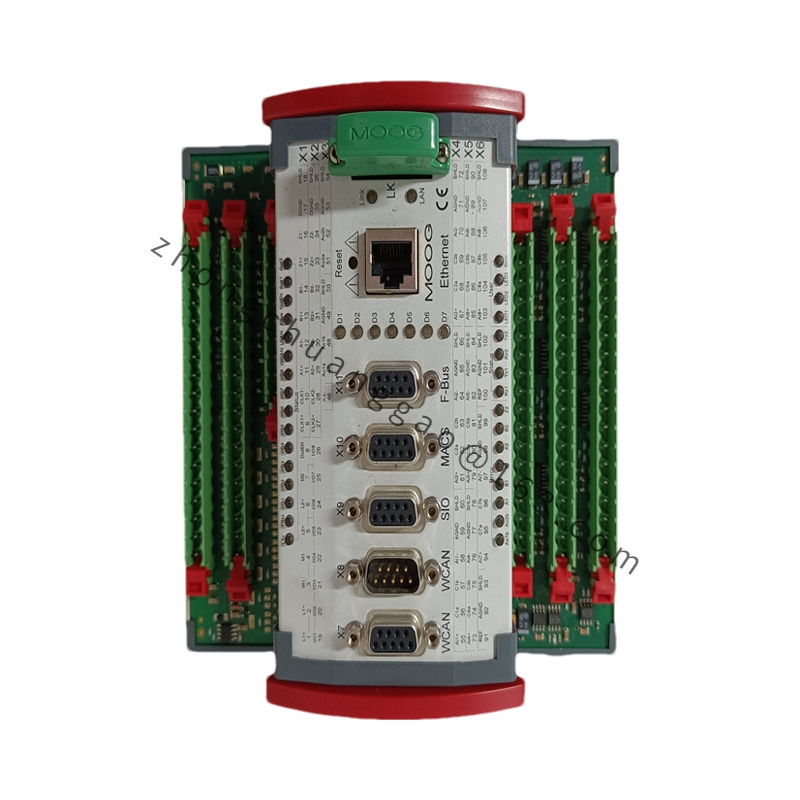Moog G761-3502
- Product Introduction: It is a member of Moog’s G761 series servo valves. This is a two-stage flow control servo valve with a mechanical feedback pilot stage. It can be used as a three-way and four-way throttle-type flow control valve. The valve has the characteristics of fast response and strong pollution resistance. It can convert the input electrical signal into the flow output of the hydraulic oil, so as to realize the precise control of the hydraulic system.
Detailed content
- Technical Specifications: The rated flow range is 4 to 63 L/min (1 to 16.5 gpm) when the pressure drop per spool land is 35 bar (500 psi). The maximum operating pressure for ports P, T, A, B, and X is 315 bar (4500 psi). The maximum main stage leakage flow rate (zero lap) is 2.3 L/min (0.60 gpm). The null adjust authority is greater than 10% of the rated flow. The hydraulic oil used should comply with DIN 51524 Parts 1 to 3 and ISO 11158 standards. The temperature range is -40 to +60℃ (-40 to +140℉). The recommended viscosity range is 10 to 97 mm²/s (cst), and the maximum permissible viscosity range is 5 to 1250 mm²/s (cst). The recommended cleanliness class of the hydraulic oil is ISO 4406 17/14/11 for functional safety and 15/13/10 for longer service life.
- Functional Features: The nozzle-flapper pilot stage technology is adopted, which provides high dynamics, high resolution, and low hysteresis, ensuring the precise control and rapid response of the valve. The high spool driving force and rugged design ensure long-life operation, reducing the frequency of maintenance and replacement. The compact design enables the valve to be applied in occasions with limited installation space. The mechanical feedback of the spool position is provided by a cantilever spring, which ensures the accuracy of the spool position control. The valve is simple in structure and easy to maintain, which can reduce the maintenance cost and downtime of the system.
- Application Scenarios: It is suitable for electro-hydraulic position, speed, pressure, or force control systems with high dynamic response requirements, such as the control system of aerospace equipment, which can realize the precise control of the aircraft’s flight attitude and landing gear. It is also used in the hydraulic control system of automotive testing equipment to simulate various road conditions and test the performance of automotive components. In addition, it can be applied to the hydraulic systems of industrial robots, metallurgical machinery, and other equipment to provide precise flow control for the normal operation of the equipment.

